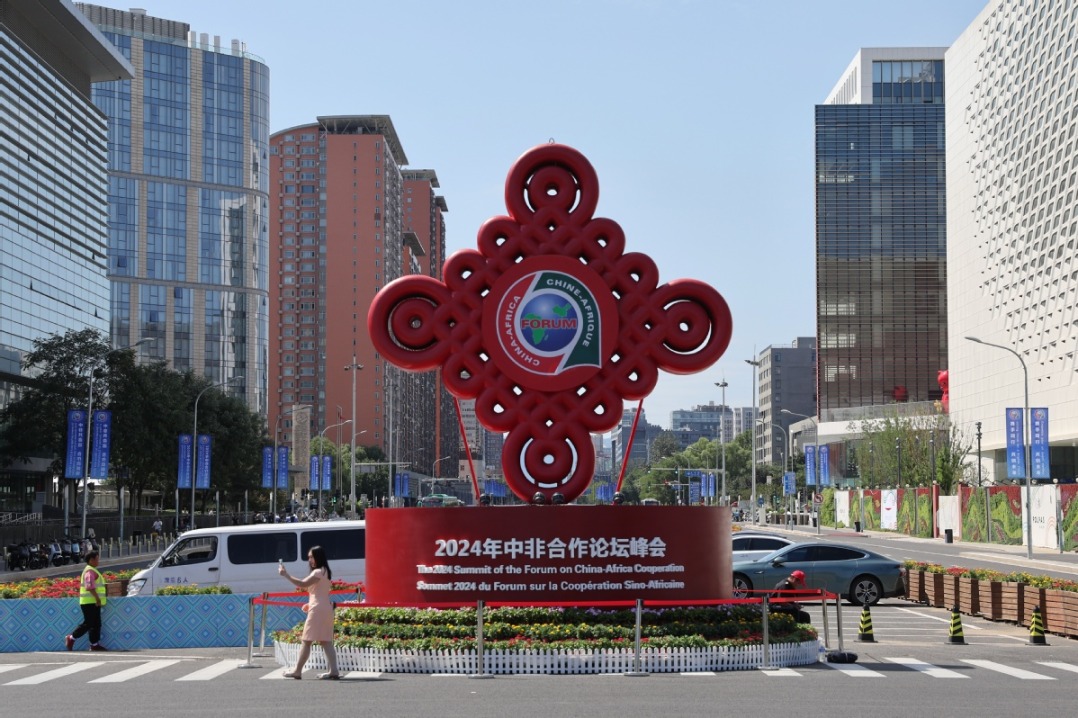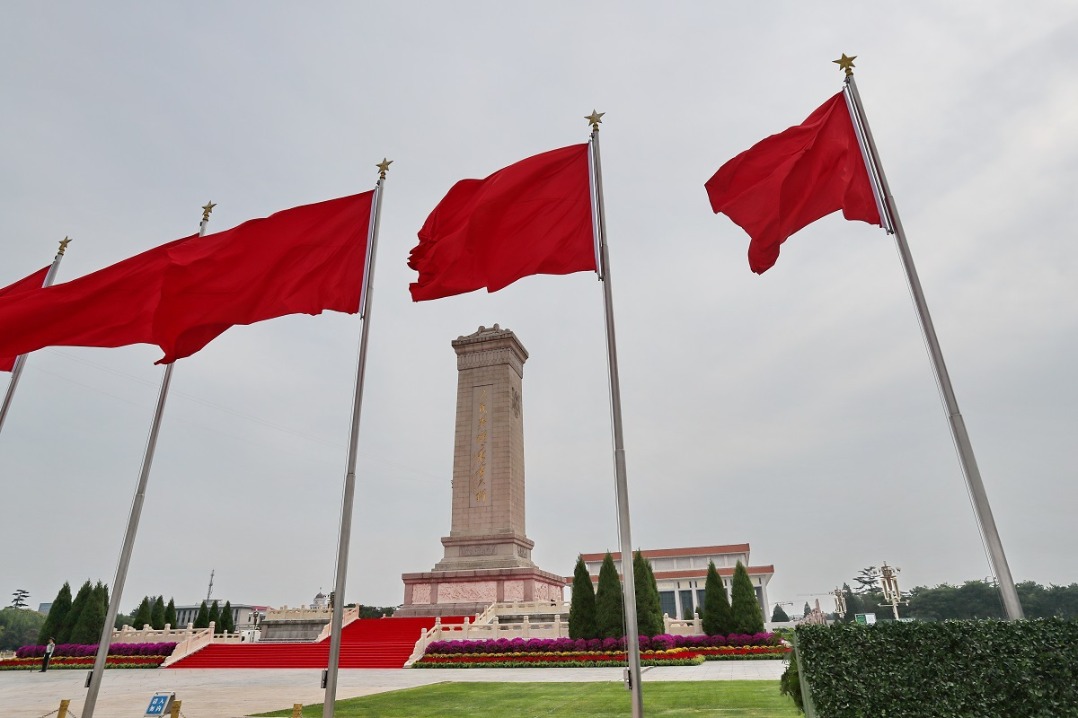Western disinformation campaign over Japan's contaminated wastewater release
By Meng Zhe and Xu-Pan Yiru | chinadaily.com.cn | Updated: 2023-09-05 11:09
If you search for information related to Japan's nuclear-contaminated wastewater release on X, formerly Twitter, you will probably see a context pop-up that alerts you this might be disinformation. One particularly widely circulated tweet explained the distinction between general nuclear plant wastewater and Fukushima's contaminated water. However, it was swiftly labeled as Chinese disinformation. Social media's censorship of posts related to Japan's nuclear-contaminated wastewater discharge has revealed a larger-scale Japanese disinformation campaign and the role of Western media in it.
Japan has taken steps to combat what it terms as "misinformation" surrounding its contaminated water discharge. The nation has allocated a substantial budget, reportedly 70 billion yen, to address this narrative challenge. This move includes the use of AI to monitor reports related to the release of nuclear-contaminated water, raising concerns about potential bias and manipulation of information.
Another critical point of contention lies in the labeling of the nuclear-contaminated water itself. Japan refers to it as "ALPS treated water," emphasizing that all radionuclides have been removed except tritium and C-14. However, China, South Korea, and other Pacific nations refer to it as "contaminated water," highlighting the broader range of radioactive materials it contains due to direct contact with melted reactor cores. The ongoing debate underscores the highly politicized nature of the issue.
Critics argue that Western media outlets are largely downplaying Japan's contaminated water release while focusing on China's response.
The Japanese Embassy in China claimed that China has taken an "aggressive" stance by banning Japanese aquatic products and harassing Japanese restaurants. While these claims have garnered attention, what remains largely unreported in Western media is the wave of harassing calls directed at the Chinese embassy and its citizens from Japan.
According to a statement from the Chinese Embassy exclusively obtained by China Daily, following Japan's decision to release treated radioactive water from the Fukushima nuclear plant into the ocean, their staff have been subjected to a wave of hostile calls, intense shouting, and even personal threats from Japan. The embassy's fax machines have been inundated with letters containing radical content, exacerbating the situation. Additionally, right-wing groups have reportedly been disrupting the embassy's operations by causing disturbances at its entrance.
While Japan is not the first nation to resort to ocean disposal of radioactive waste, the West's defense of Japan's actions draws attention to its own historical behavior.
From 1946 to 1993, the United States, the United Kingdom, France, and other nations disposed of more than 200,000 tons of solid nuclear waste into the oceans. The US alone released a staggering 190,000 cubic meters of radioactive materials into the North Atlantic and Pacific Oceans during this period. This tally does not even encompass the environmental impact resulting from the 67 nuclear tests carried out by the US in the Pacific from 1946 to 1958.
Japan, in contrast, has presented itself as a victim of nuclear devastation. The only nation to have suffered nuclear bombings, Japan has faced its share of environmental catastrophes. In 1953, the discharge of wastewater from a chemical plant in Shuiyu town contaminated fish, leading to more than 900 deaths and 2 million cases of health problems among those consuming mercury-contaminated fish. In 1993, with the assistance of the United States, Japan compelled Russia to cease the discharge of radioactive waste from decommissioned nuclear submarines. Ironically, Japan's current plan to discharge over 15 times the amount of waste that Russia did demonstrates a shift in perspective.
Wan Xingyue contributes to the story.
























